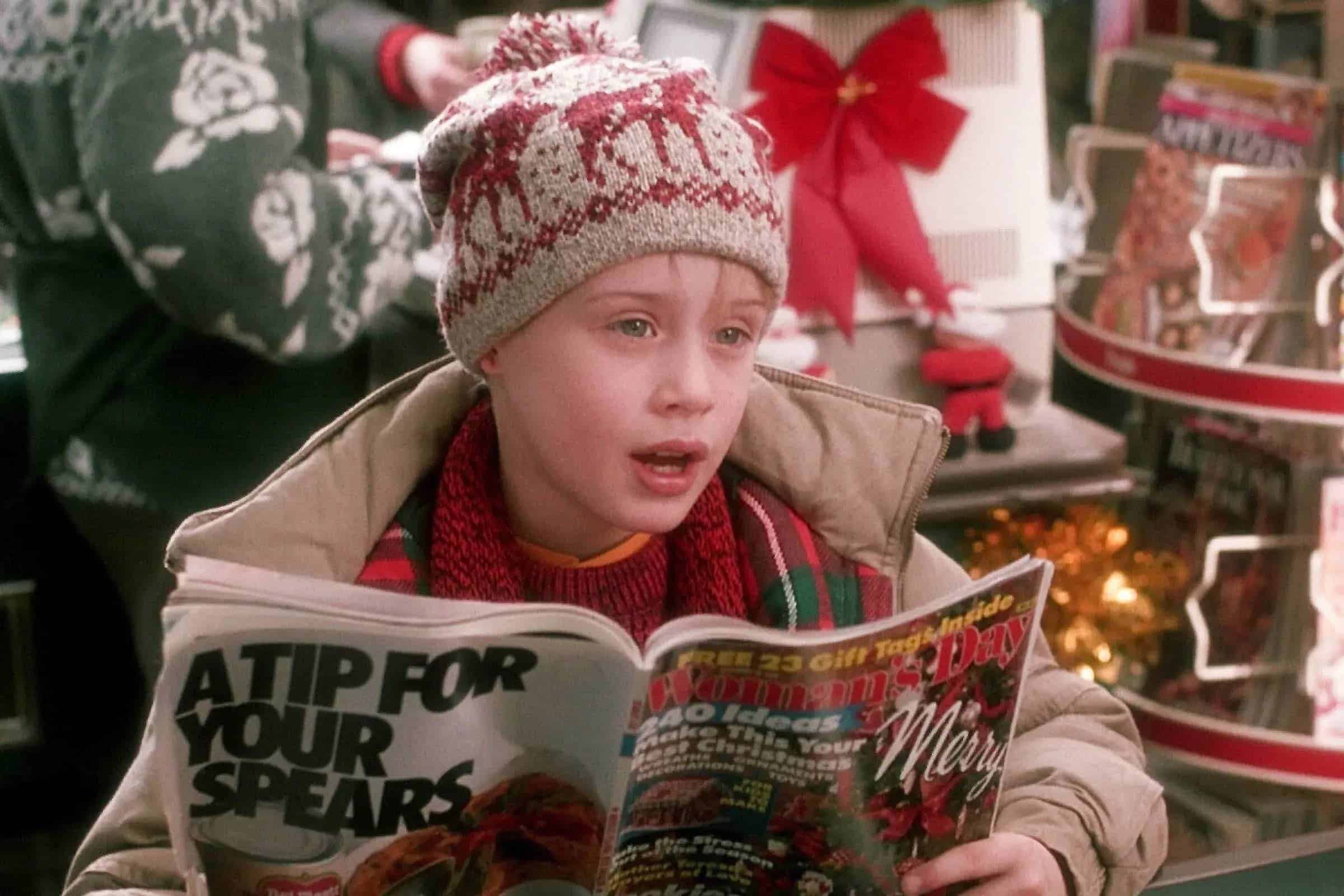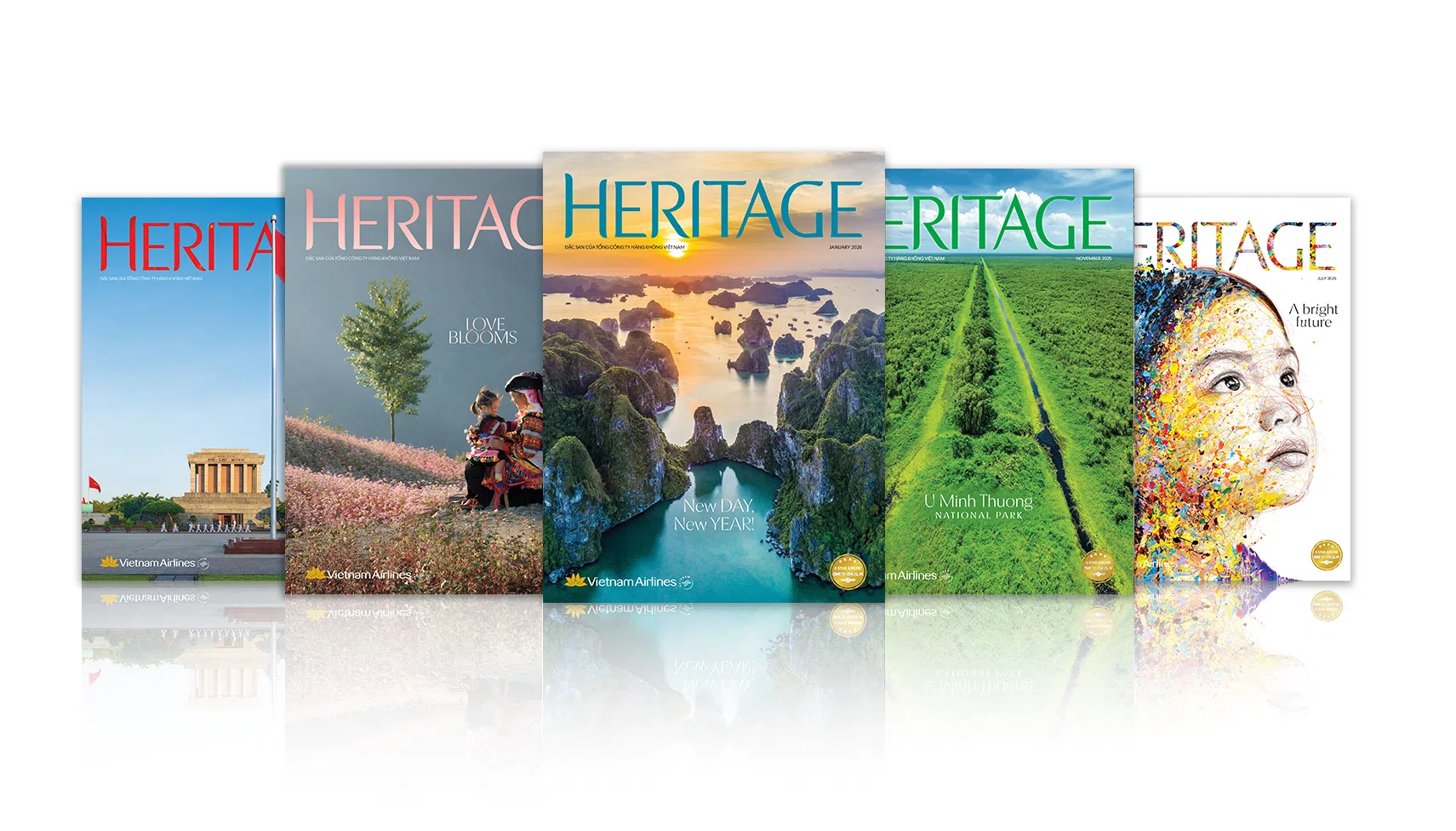Story THUY TIEN
Photos INTERNET
Every Christmas season, many people opt for the vibrant colors and whimsical patterns of the classic “Ugly Sweater.”

The iconic red and green color
While festive attire is typically associated with glamour and elegance, Christmas fashion also embraces different aesthetics. Each December, as reindeer and Santa Claus decorations enliven city streets, families gather indoors wearing their most comfortable attire. The Ugly Sweater exemplifies this trend, featuring whimsical designs and the classic red-green color combination. Various interpretations surround these colors: in Christianity, red represents the blood of Jesus during his crucifixion, while green symbolizes evergreen trees’ resilience during harsh winters, signifying Jesus’s resurrection and eternal life.
However, these colors didn’t always dominate Christmas in popular culture – it wasn’t until 1936, when Coca-Cola commissioned illustrator Haddon Sundblom to create their holiday poster. Departing from the Victorian-era imagery of a tall, thin Santa in green robes, Sundblom revolutionized Santa’s appearance using Coca Cola’s brand colors: a jolly, plump figure in a bright red coat trimmed with white. This iconic advertisement added red to the classic green as Christmas colors, influencing everything from decorations to Ugly Sweaters. These colors have become embedded in the collective memory of billions worldwide and are now synonymous with Christmas sweaters.

Impact on fashion
Before the Ugly Sweater emerged in the 1950s, the 1920s Jazz Age featured luxurious sequined dresses with beads and fringes. This era’s allure lay in its free-flowing dances, characterized by low waistlines, short hemlines and unrestricted movement. Half a century later, during the 1970s disco fever, sequins and metallics experienced a revival in a new form.
When the Ugly Sweater appeared, it became an indispensable holiday tradition with its intricate patterns featuring red-nosed reindeer, snowflakes and Santa Claus. The garment gained year-round popularity in the 1980s, thanks to comedian Bill Cosby wearing garish sweaters as a staple of his wardrobe on The Cosby Show. Subsequently, the Ugly Sweater quickly became a beloved symbol – innocent yet charming, cozy and festive. Today, during the holiday season, the sweaters appear everywhere from local clothing stores to luxury fashion houses. Riccardo Tisci created dark knit versions for Givenchy, while Dolce & Gabbana incorporated Christmas motifs into ski wear. Dior, Stella McCartney, Maison Margiela and Tommy Hilfiger have also embraced this trend.

The Ugly Sweater trend has inspired other interesting fashion pieces. If you’ve ever wondered about teapot-shaped hats, they originated from How the Grinch Stole Christmas (2000) – an Oscar-nominated film that surprisingly influenced Christmas fashion! In the movie, Betty Lou Who popularized a checkered corset dress with a teapot-shaped headpiece in an unimaginably quirky combination. Shortly after the film’s release, Rita Ryack, the movie’s costume designer, visited a Versace store in Las Vegas and found mannequins wearing her eccentric hats. “This detail created a new high-fashion trend,” Ryack recalled. All these elements confirm that Christmas fashion maintains its unique brand of splendor and joy, and despite its peculiarity, it can still be luxurious in creative ways.










